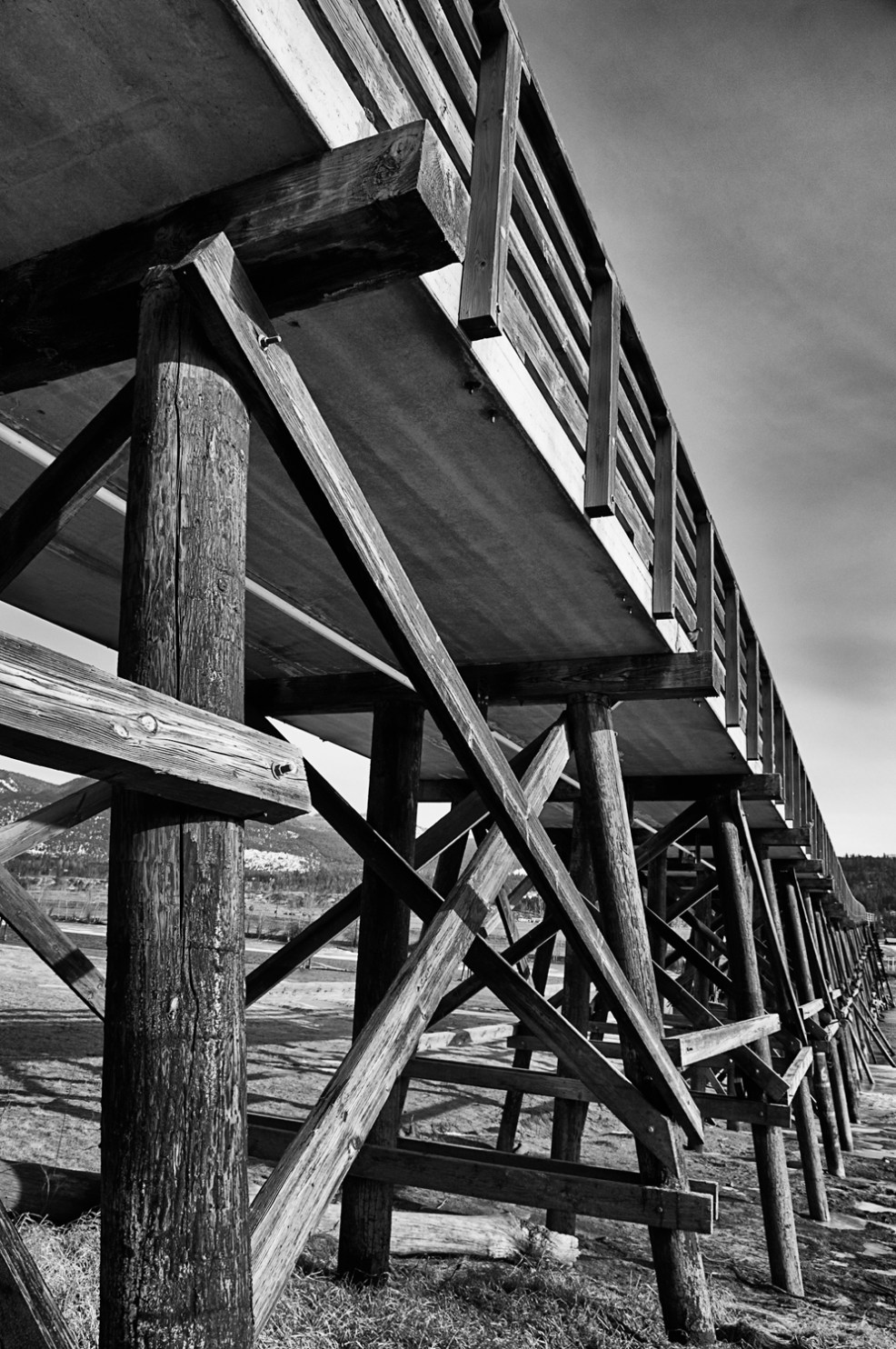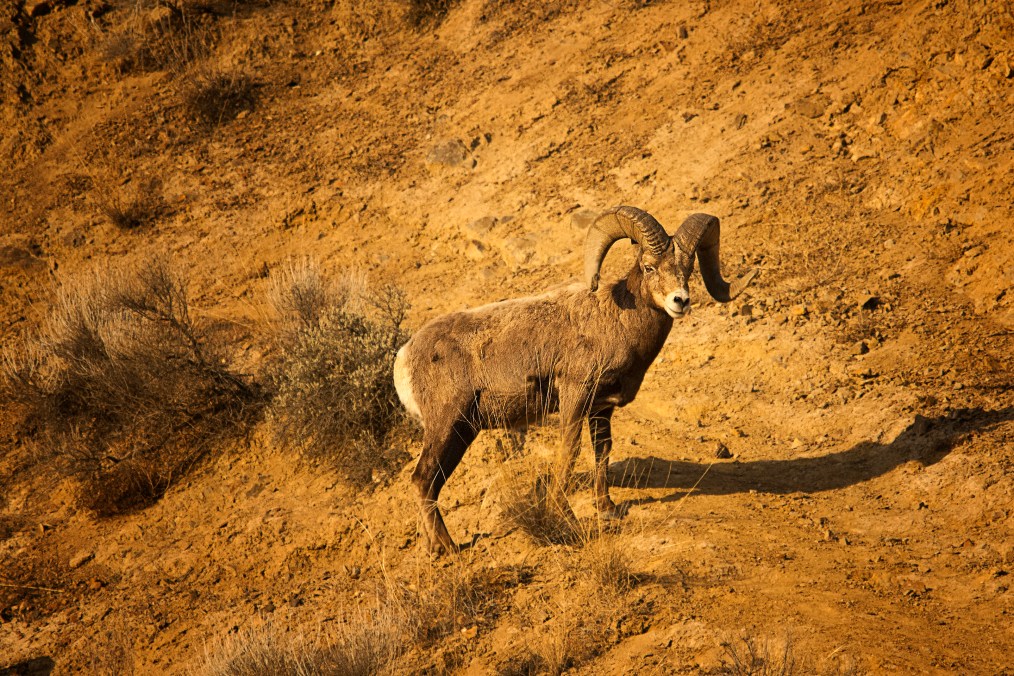




 My wife and I were called away by unfortunate circumstances on a rush trip. The kind where one just points the car, accelerates to 120kpms, selects cruise, and settles in for a long, non-stop drive; in our case, 11 hours from Pritchard to Grimshaw.
My wife and I were called away by unfortunate circumstances on a rush trip. The kind where one just points the car, accelerates to 120kpms, selects cruise, and settles in for a long, non-stop drive; in our case, 11 hours from Pritchard to Grimshaw.
In spite of the long hard hours of driving, for a photographer the changing scenery was nothing short of great. We were heading for the northern community of Grimshaw, Alberta. Although I prefer the changing mountains and exotic coast of British Columbia, Alberta is just great. To my eye Alberta seems wide, flat, and pretty much endless without many “bumps” in it’s vast landscape. I remember hearing a joke that “ya can watch your dog run away for a day”. However, my wife informed me that due to the curvature of the earth that we can actually only view 18 miles to the edge of the horizon, so I’ll change that to watching the dog run away for 18 miles. As I was driving along, watching the western sun slowly going down, it seemed to be in much the same way as I saw it many times while sitting on a sandy pacific ocean beach, I realized that old joke could sometimes be true.
Peace River, which is the major community before Grimshaw, is different. The flat plains suddenly drops and the road leads into a lush, large river valley with lots of bridges. This was the place that would be a perfect to resume my project of photographing bridges.
After all the family welcomes, and catching up with relatives, people had to get away from the food and drink for a while. Some went skeet shooting, some to visit friends, there was last minute shopping, or in my case a cruise around Peace River. Fortunately my niece’s boyfriend, Logan, volunteered to drive me everywhere and anywhere I wanted to go. He had lived in the region all his life and he said “I’ll take you to some cool bridges”, so we bundled into his big pickup. Those that are familiar with Albertans know that they don’t like the price of gas but won’t give up owning a big four-wheel drive pickup, which is standard operating procedure.
Photographers and non-photographers seem to deal with their worlds differently. Logan was sure all we would do is stop at some viewpoint and I would hang a little camera out the window and snap a picture, however, I loaded my 30lb camera bag containing two DSLR bodies, five lenses and two flashes into his truck. Then when we stopped I got out and told him to leave me, do the chores he had mentioned he needed to do and come back in an hour. “What? You want to be left?” Yes, photographers and non-photographers do deal with the world differently. I am a wanderer that has a hard time concentrating on one subject. Sure there was the bridge and I photographed that with both my 16-85mm and 18-200mm, but there was the ice on the river, some old buildings, a boy and girl sitting on a log, a guy sitting in a gazebo playing his guitar, more large chunks of ice, and lots of other stuff that beckoned to me. About 30 minutes after I was dropped off I got a call, and I told them they could find me at a snow-covered park about a mile away. I was having fun.
Reminding me we were out to photograph the bridges of Peace River, Logan hustled me back to his truck as we headed off, and I thought about how fortunate I was to have such a patient guide. And he had his own stories about every bridge we visited. At this writing I am sure, even with his help I would need several more days to photograph all the bridges. And to do it properly, I would need to take into account that some look better with early morning fog, some with late afternoon light, some in the winter and many deserve the summer.
The next morning I sat my laptop on my in-law’s kitchen table and showed the people the images I had worked on the previous night. I expect there is a lot more to photograph in Peace River than just bridges but that’s what I focused on this time. Next time who knows? I am easily distracted.
I will say this for those photographers that are looking for a unique experience, northern Alberta certainly has its own distinct charm, and if hospitality is important then this definitely is an area, as one old photographer friend puts it, to put on your “bucket list”. The 11-hour drive was painful, and next time I think I’ll stop more and overnight at some scenic location. I talked to a family friend that said there’s been an increase in the wolf population in recent years and on my next trip I hope to convince him to help me find some to photograph. I am easily distracted.
Contact me at www.enmanscamera.com









